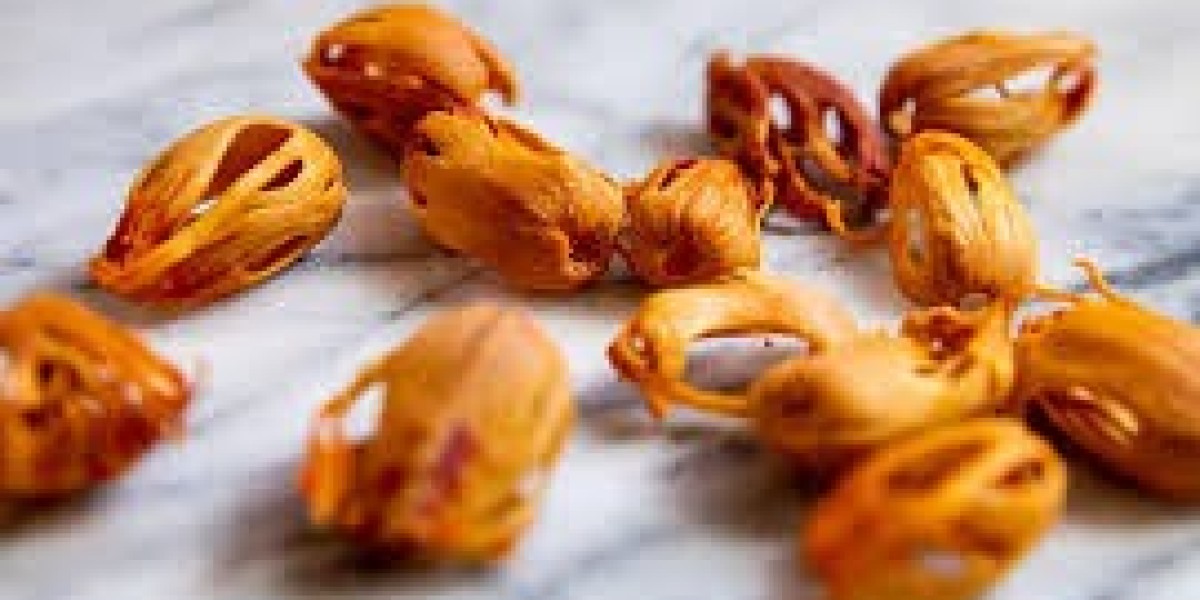What flavor does Mace have?
The sister spice of nutmeg, mace, has a special role in the culinary arts. The taste of mace is found in the aril, a thin layer of lace-like material that covers the seed, not in the actual nutmeg seeds.
Mace differs from its sister nutmeg by its taste and scent. Although they both come from the same place, mace has a sharper flavor profile than nutmeg spice. Because of its complex taste character, mace may be used in savory as well as sweet recipes.
Furthermore, the chemical compositions of the essential oils of nutmeg, mace spice, and nutmeg vary. As a consequence, although though all spices share the same source, each essential oil has unique taste qualities. This phenomena is similar to how the flavor and scent of an orange peel and its meat vary from one another while being two separate portions of the same fruit.
Mace has certain qualities that make it useful in cooking as well. In certain culinary traditions, it is chosen as a spice because of its stronger, more fragrant taste. Mace gives baked foods, sauces, and stews profundity. It is especially valued in Middle Eastern, Indian, and European cuisines where it adds a nuanced taste to a range of meals.
How Should I Handle a Mace?
Whole blade mace is a very adaptable spice that works similarly to bay leaves, especially in dishes that call for lengthy cooking durations so that the tastes seep in. Try halving the mace aril for a fragrant twist. Then, you may use a piece to gently add a hint of fragrance to a pot of boiling basmati rice, giving it a special touch. Mace is also a great way to add complexity to slow-cooked chicken stock or a subtle flavor to homemade pickles—beets do particularly well with mace.
Mace may also be ground at home for a stronger, fresher taste. For usage in a range of recipes, fresh mace may be easily ground using equipment such as a Microplane Spice Mill. Ground mace is best utilized within 6 to 8 months of being fresh. Ground mace has several uses as a spice. It works well as a main element in your cuisine or even as a sophisticated garnish for food at the dinner table. Try topping your cappuccino with mace instead of nutmeg for a creative touch. It pairs well with sweets due to its somewhat sweet, toasty taste character. For example, a dash of mace over a scoop of vanilla ice cream may give this traditional dessert a fascinating depth of flavor.
Appropriate storage benefits both whole and ground mace. To retain their taste and scent, they should be stored in a cool, dry location away from heat sources and direct sunlight. By storing it carefully, the mace is certain to keep its unique flavor and preserve its ability to enhance a variety of meals. Whether mace is used whole or processed into a fine powder, it's a spice that offers a special chance to experiment and broaden your culinary horizons.
Also Check: Asafoetida Powder and Fennel Seeds



